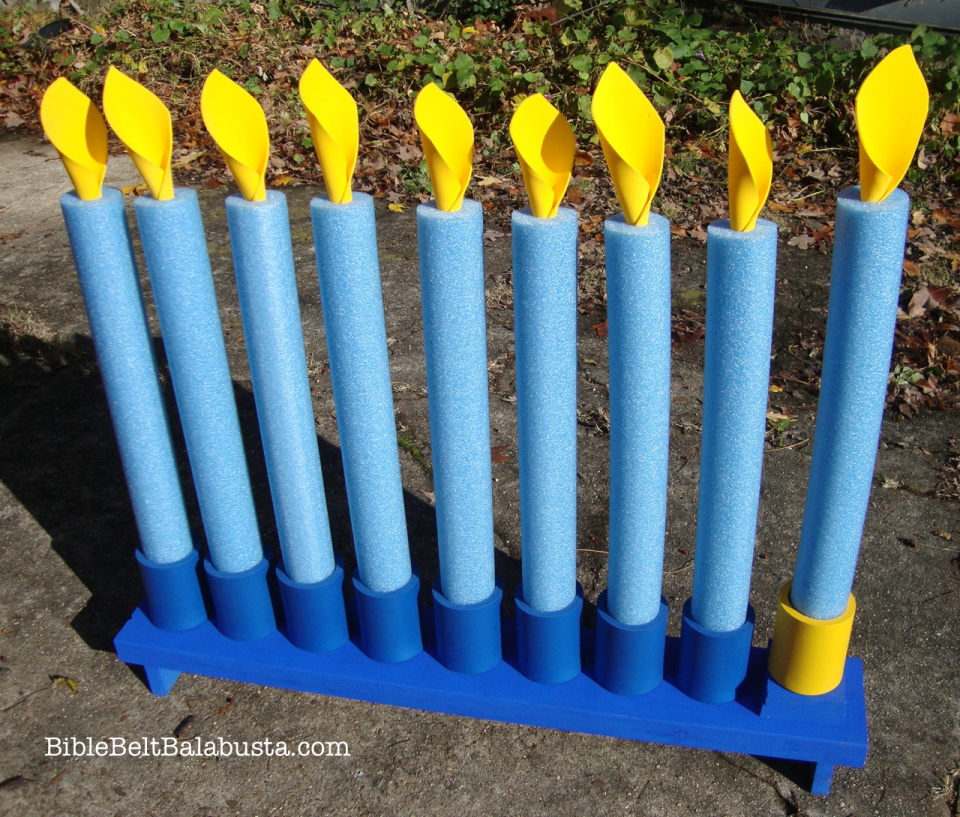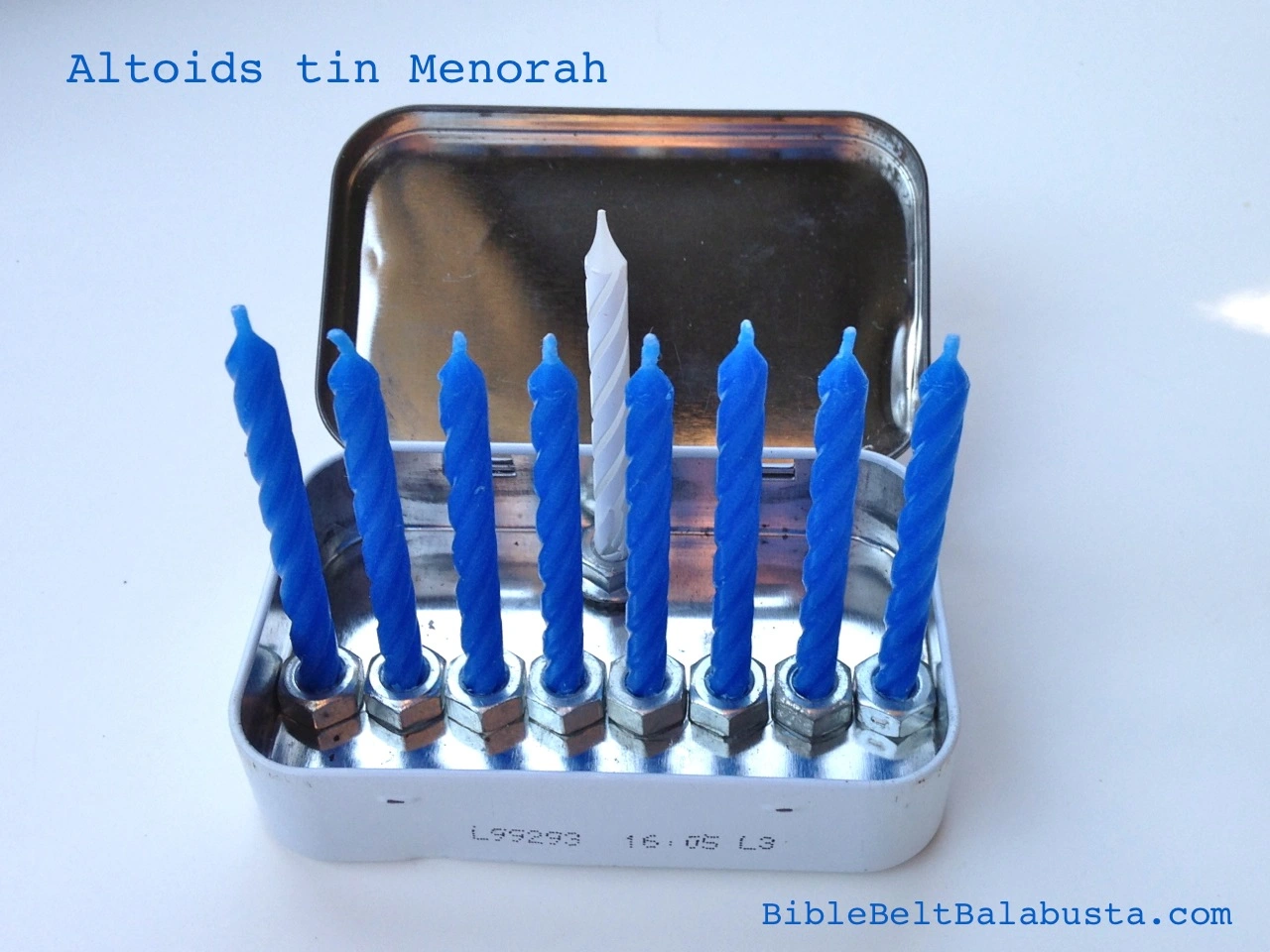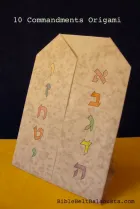I wouldn’t ordinarily write about a holiday project that’s been done (and done, and done), but I’m posting this to prove a point: that with just a smidge of “extra”—just a few props to provide context—even a quick, conventional activity can be more meaningful and memorable.
The Standard Activity:
Make an almond tree on paper using crayon for the trunk and pink tissue wads for the blossoms. Fun. Done. (See links to good examples below.)
But when that picture comes home clutched in a clammy little hand, and when parents compliment the artist on the “nice cherry tree,” will the artist know enough to beg to differ? There are easy ways to be sure the artist will know.
Background:
The poster tree for Tu B’Shevat is usually the almond: ha’Shkedia. (Maybe your kids sings the Ha’Shkedia song at Hebrew School? See link below). Tu B’Shevat began in the Land of Israel, and the almond tree still connects us to it. In Israel, the almond is traditionally the first tree to bloom. Before the leaves appear, pink-white blossoms cover the tree. While all our trees here in Nashville are still bare, Israeli almond trees signal the promise of Spring.
Here are two simple and crucial things to add to your project:
1. Poster of Israeli almond tree in full bloom. Kids can see the basic shape of the tree, the density of the blossoms, the colors.
(If you can’t find or download a poster, pull up a big image on a computer and keep it there. A phone is too small.)
2. Almonds: in the hull (to touch, to open) and out of the hull (to taste). Not sliced, not slivered, but whole nuts (see note at end).
Here are two sentences that can pull it all together and make it magic:
EACH ONE OF THESE PINK FLOWERS WILL BECOME AN ALMOND. EACH ONE OF THESE ALMONDS USED TO BE A PINK FLOWER.
As our clammy-handed little artists wad pink tissue for their pictures, they will know that each real pink blossom will become what they just ate. And when grownups later compliment the “nice cherry tree,” the memory of that crunchy almond will jog a polite correction from the artist. Hopefully.
Extra Extras:
- Play the song Ha’Shkedia on a boombox (or mp3 player if you are younger than I) while the kids work. Or learn it, teach it, sing it. It’s a dance, too.
- Play the 1 minute video of the song (sweet, paper-cut-style animation). Link below.
- Use charcoal instead of crayon. Charcoal is basically a burnt tree branch. I bring a burnt stick from our BBQ to prove this, and it is a kid magnet.
- Label the paper (or the child can, if able) so when it goes home, parents will know what it is: Almond tree for Tu B’Shevat, etc. in Hebrew and English.
- Show a map of the world. Where are we? Where is Israel?
- Take a short walk outside or just look out a window. Are our trees blooming yet?
- Pollinator talk: each one of those blossoms became a fruit (nut) because it was pollinated by a bee or other insect. No bees, no fruit. Bees are our friends…
and two fun facts:
- The original Temple Menorah flame-cups were designed to mimic almond blossoms on branches: Exodus 25:31-34.
- Do you know the pencil-eraser trick to forming tiny tissue blooms? I didn’t, and my co-Teacher Erin showed me. Cut a small square of tissue and let the student wrap it around the eraser end of a pencil. This seems to give them more control over the process.
LINKS:
If you need a refresher on how a flower becomes a nut, here’s a wonderful picture book: Plant Secrets. I use it to introduce my Tu B’Shevat Garden in an Eggshell project.
Almonds: Buy almonds in the hull at grocery stores in bags. Health food stores usually sell hull-on and hull-off in bulk. Bring a nutcracker to demonstrate how tough the hull is, and let the kids slide the delicious nut from the broken hull. Or, if you are wearing tough shoes, stomp on the hulls to release the nuts. (Be warned that the kids will want to stomp on all nuts from then on.) Obviously, watch out for nut allergies.
Tu B’Shevat Nature Walk and “Sow and Tell” project here at BibleBeltBalabusta.
Looking for a good Almond Tree art activity? Try Googling for Cherry Tree, too, and you’ll find lots more.
Tissue-paper blossom versions, quick and not-so-quick:
•Garden Variety Librarian, here (with cut brown grocery sacks as tree)
•Easy Crafts for Children, here (with watercolored background and black painted tree)
•Creative Jewish Mom, here (3-D cardboard tree structure)
•Creative Jewish Mom, here (India ink blown w/ a straw tree)
•Roth Family blog, here (brown painted tree, tissue blossoms formed via a pencil eraser)
•Homeshuling version of Creative Jewish Mom’s 3-D tree: Amy uses a die-cut tree pattern (a pattern many teachers already have at school), so there’s no need to print and trim templates by hand.
•3-D paper lunch sack twisted tree, from ArtSmudge.
•Classic torn-paper tree (not tissue paper), such as here, from Mrs. Kilburn’s Kiddos.
Painted blossom (not tissue paper) versions:
•Use the bottom of a soda bottle to print the blossom pattern: from AlphaMom here, and from ApplesAndABC’s (with corrugated cardboard strips as the tree) here.
•Finger-paint pink blossoms: FunFamilyCrafts here
Photos online:
•Creative Jewish Mom made a nice roundup of Israeli almond trees in bloom.
Song: (sometimes spelled Ha-Shkediya Porachat with and without the dash)
Ha’Shkedia lyrics in transliterated Hebrew and English at HebrewSongs.com.
Ha’Shkedia YouTube video with sweet, child-like animation.
Free MP3 file? I can’t find one, can you? I bought one from iTunes.
Other Tu B’Shevat projects at Bible Belt Balabusta.
























Joanna, your Tu B’Shevat posts are really awesome (as always)!
Thank you so much for sharing!
Tanya
Thanks, Tanya!
Hello,
I wish to be added to your mailing list. Thanks for great ideas to keep parents and kids engage together.
Pazit
Thank you, Pazit. I’m delighted you’d like to subscribe to my posts. If you are looking at a computer screen (not a phone), see the middle, top column of text: just below the facebook logo. You’ll see an empty box where you can type your email address. (You’ll be able to unsubscribe at any time.)